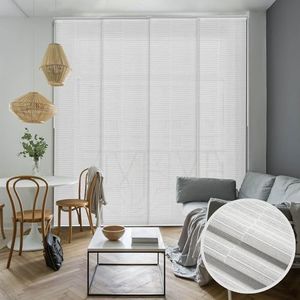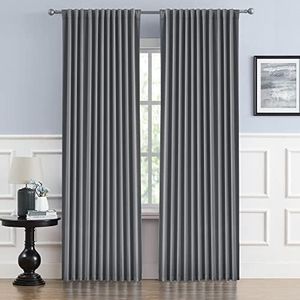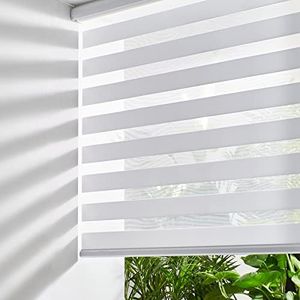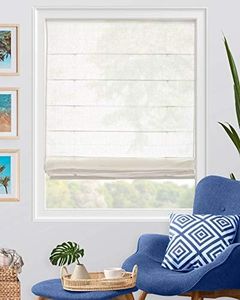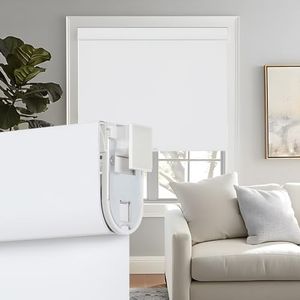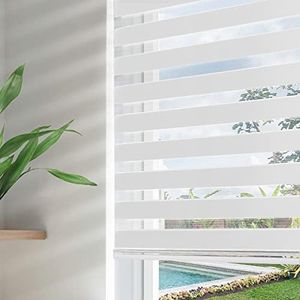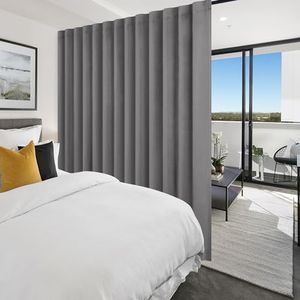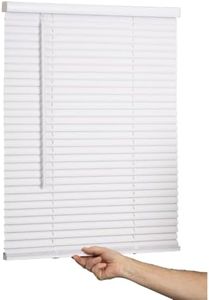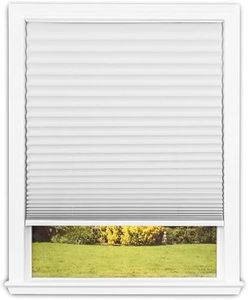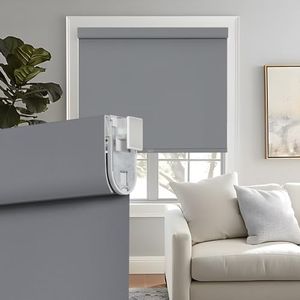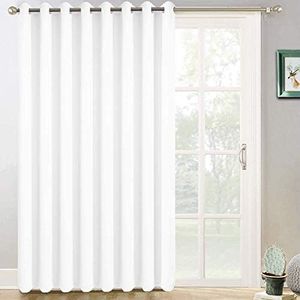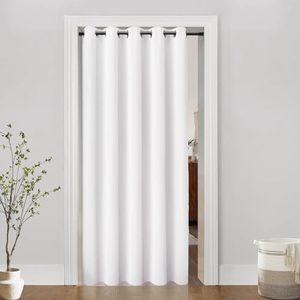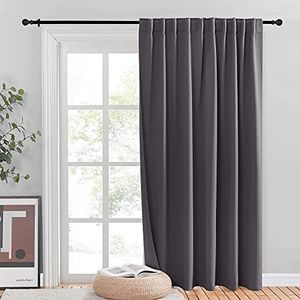We Use CookiesWe use cookies to enhance the security, performance,
functionality and for analytical and promotional activities. By continuing to browse this site you
are agreeing to our privacy policy
10 Best Blinds For Sliding Doors
From leading brands and best sellers available on the web.Buying Guide for the Best Blinds For Sliding Doors
When choosing blinds for sliding doors, your goal is to find something that gives you the right mix of privacy, light control, style, and practicality. Sliding doors are often large and used frequently, so your blinds need to be easy to use, durable, and fit the look of your room. Think about how much sunlight you want to let in, how much privacy you need, and how the blinds will match your overall decor. It's also important to make sure the blinds are safe, especially if you have kids or pets around. Taking precise measurements and knowing how your sliding door opens will help you pick the perfect fit.Type of BlindsType of blinds refers to the style and mechanical design, such as vertical blinds, panel track blinds, or even roller shades. This is important because some types are easier to operate on large sliding doors and offer better coverage and control. Vertical blinds are ideal for sliding doors since they slide sideways, just like your door. Panel track blinds use wide fabric panels that stack neatly and create a modern look. Roller shades are simple and can work if you don’t need to move the blinds often. Think about how much traffic your door gets: if it’s used regularly, vertical or panel blinds let you access the door easily. If your door isn’t used much, you could consider roller shades for a cleaner look.
MaterialBlinds come in materials like fabric, vinyl, wood, and faux wood. The material affects how the blinds look and perform. Fabric blinds tend to soften the room's look and are available in different light-filtering options but may be harder to clean. Vinyl is practical and easy to wipe down, making it perfect for high-traffic or family areas. Wood and faux wood blinds add natural warmth and style but may be heavier, and real wood isn’t always good in humid places. Choose a material that matches your room’s style, your cleaning habits, and any specific needs like moisture resistance.
Light Control and PrivacyThis refers to how much light the blinds let in and how well they block the outside view. Some blinds are sheer and let in plenty of natural light but offer less privacy, while others are blackout and keep rooms dark and private. Decide if you want to be able to darken the room completely (for example, for TV rooms or bedrooms), or just filter light while reducing glare. If privacy is your top concern, choose blinds that fully cover the window and are not see-through. For living rooms or spaces where you want natural light, consider light-filtering or sheer options.
Ease of OperationEase of operation means how simply you can open and close the blinds. Sliding doors are often used frequently, so your blinds should not get in the way. Some systems use wands, chains, cords, or even motorized controls. Motorization is great for convenience and if you have hard-to-reach doors, but simple manual options tend to be more reliable and budget-friendly. Consider who will use the door—kids, elderly, or people with mobility issues might appreciate easy or automated operation.
Size and FitSize and fit are about making sure the blinds completely cover your sliding doors without getting stuck or looking awkward. Large sliding doors require wider or longer blinds, and some styles can be custom-sized. It’s important to measure the width and height of your door carefully, including any trim. Blinds that are too small won’t give enough privacy, while too-large blinds can get in the way or not slide smoothly. Always double-check the opening mechanism of your doors so your blinds fit perfectly and move freely.
Child and Pet SafetyChild and pet safety concerns focus on the mechanisms and materials used, particularly avoiding long cords that can be hazardous. Opting for cordless, wand-operated, or motorized blinds reduces risk, especially in households with children or pets. If safety is important for you, look for blinds certified as safe for families and install them according to instructions.
Style and ColorStyle and color refer to the look and design of the blinds, from bold modern patterns to classic neutrals. This is important for matching your decor and creating the feel you want in your space. Lighter colors brighten rooms and make them feel larger, while darker colors add drama and coziness. Choose a style and color that go well with your walls, flooring, and furniture for a cohesive look.
